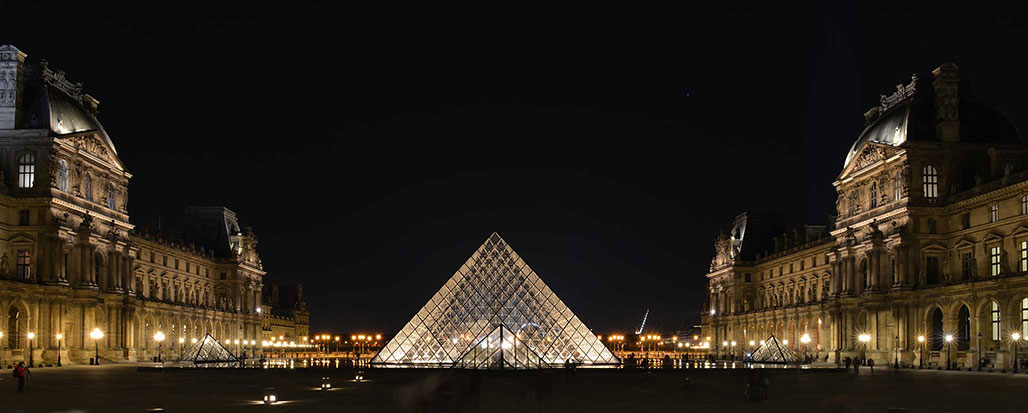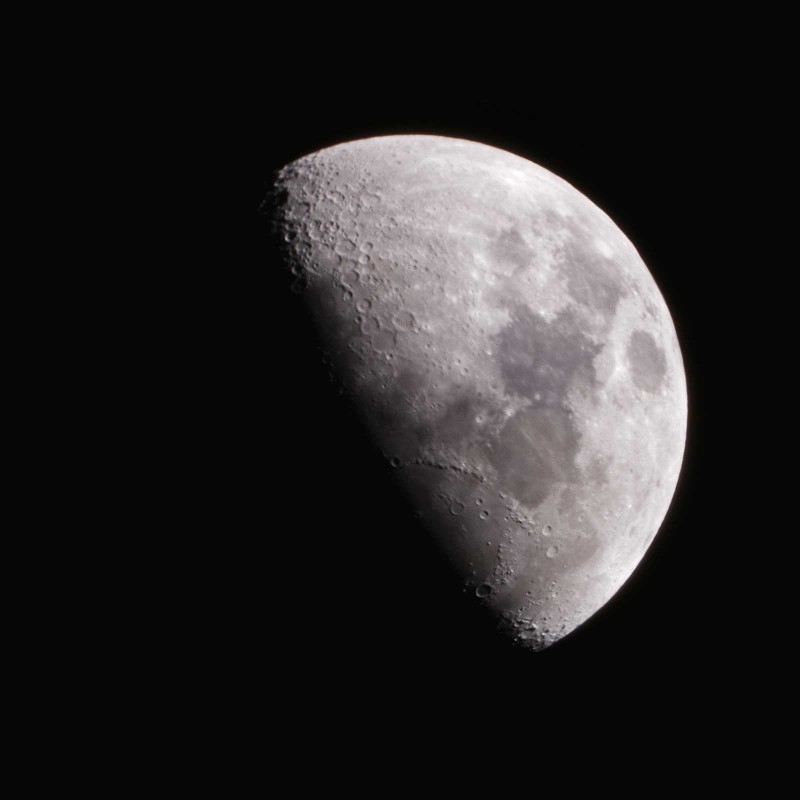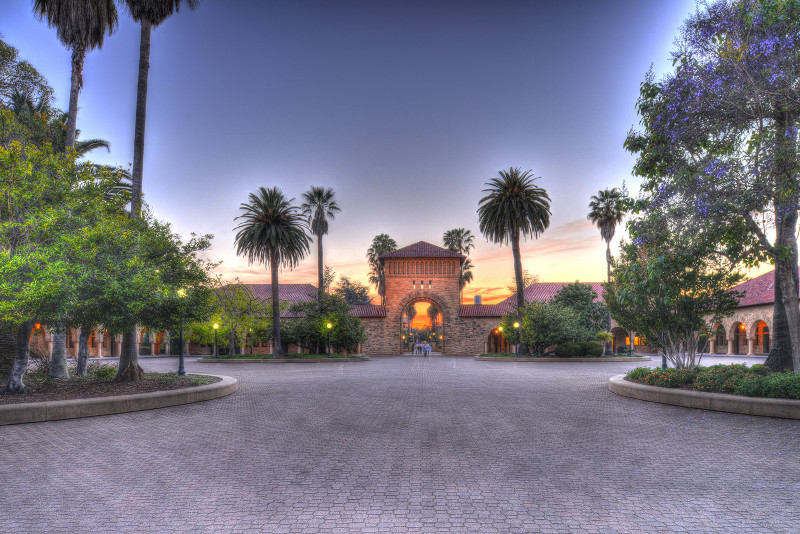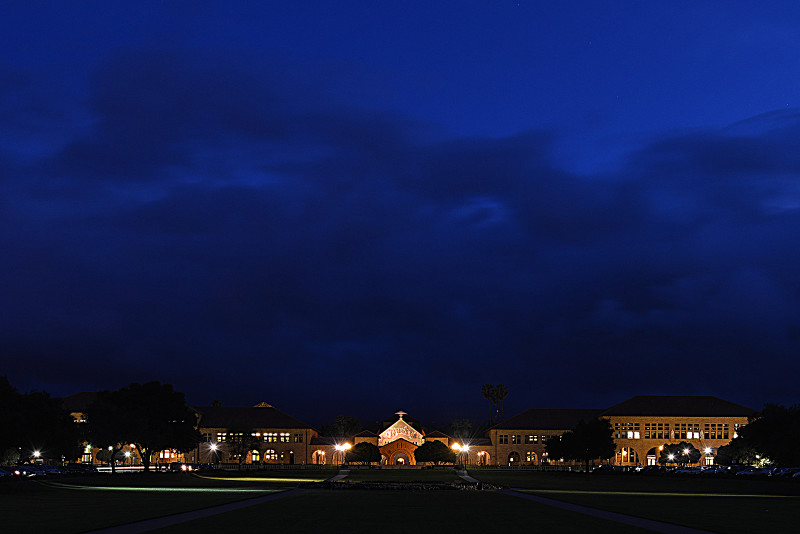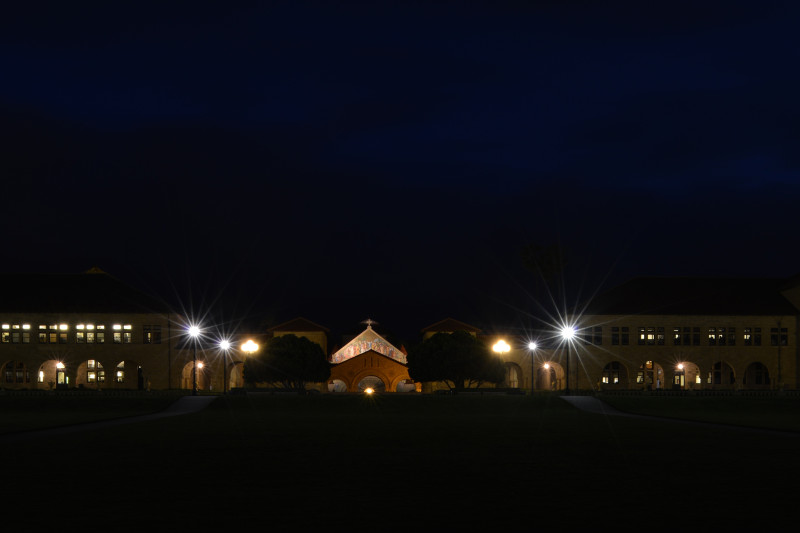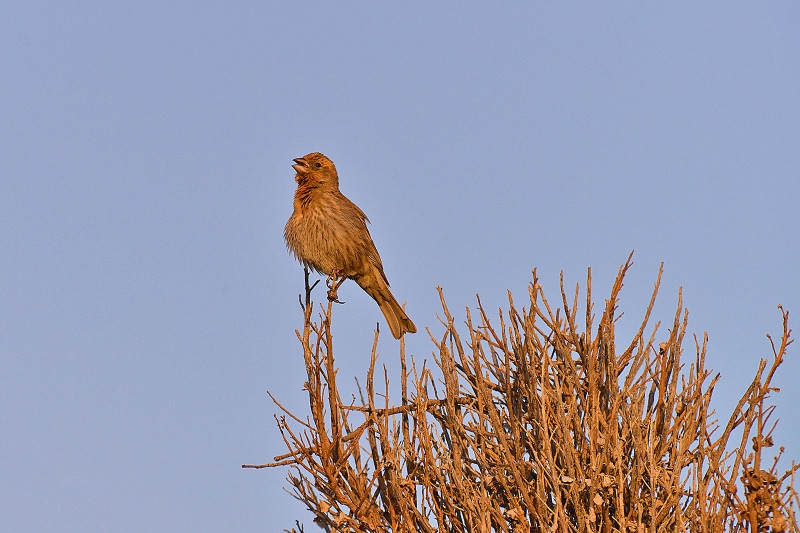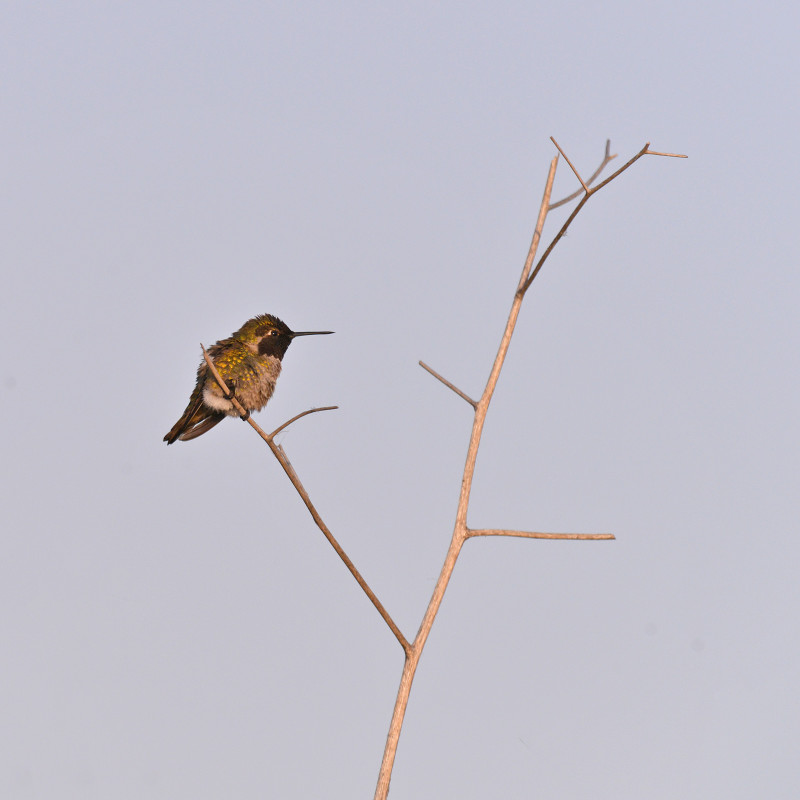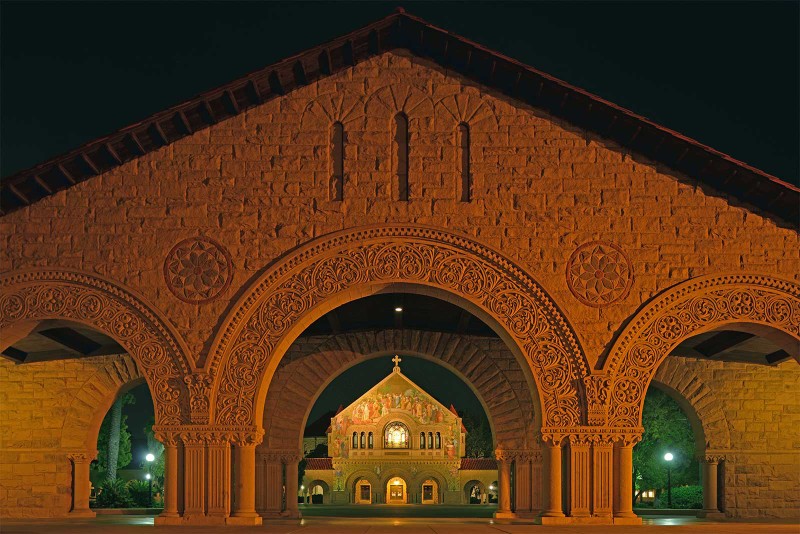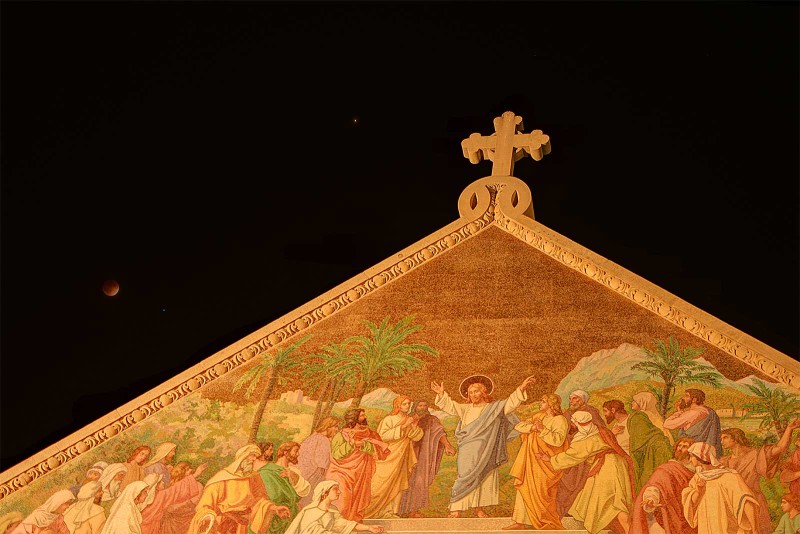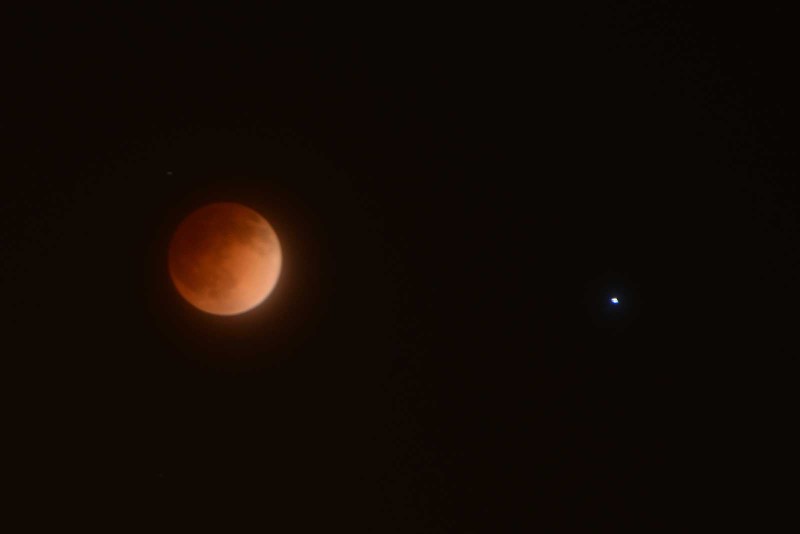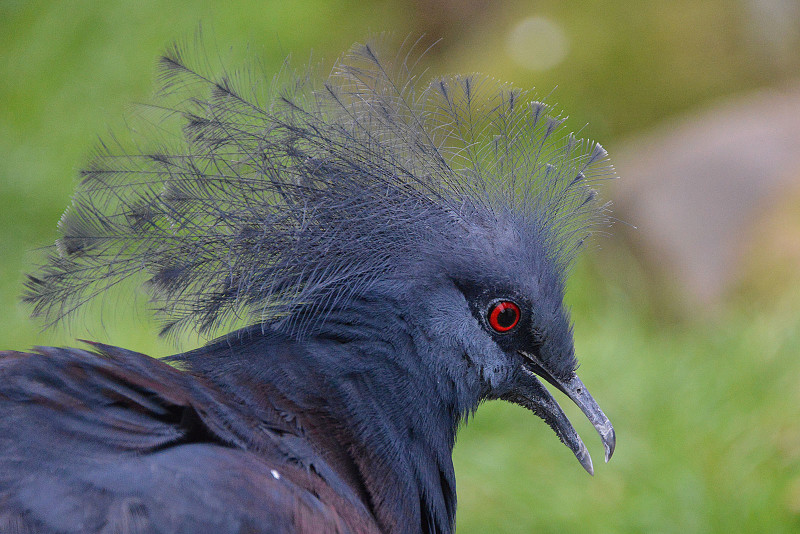I’ve had the Orion StarSeeker III 127mm GoTo Mak-Cass Telescope for one week now. This was the first telescope I have ever owned, so I am far from proficient. But, with a few days of practice, I now have a better sense of all the controls.
At first, I did not align the EZ Finder with an object 1/4 mile away (as suggested in the instruction manual). I just picked a tall tree across the street, but that was insufficient. Tonight, I centered Saturn in the eyepiece and discovered that the EZ Finder was a bit off. After some calibration, the telescope is a lot more precise.
The Variable Universal Camera Adapter and T-Ring did not come with instructions. I found a PDF manual for the camera adapter online. It doesn’t give enough instruction, and I had to learn a bit via the Internet. Attaching the camera directly to the telescope instead of through the diagonal made a big difference. The set-up seemed a bit more stable. Fully extending the Variable Universal Camera Adapter increases the magnification, which allows for more precise focus. But, the moon was traveling too quickly.
Unlike using a camera lens, a telescope lens has no aperture adjustment. The only controls are ISO and shutter speed. So, to minimize motion blur, I increased the ISO and shutter speed. This combination produced better results.
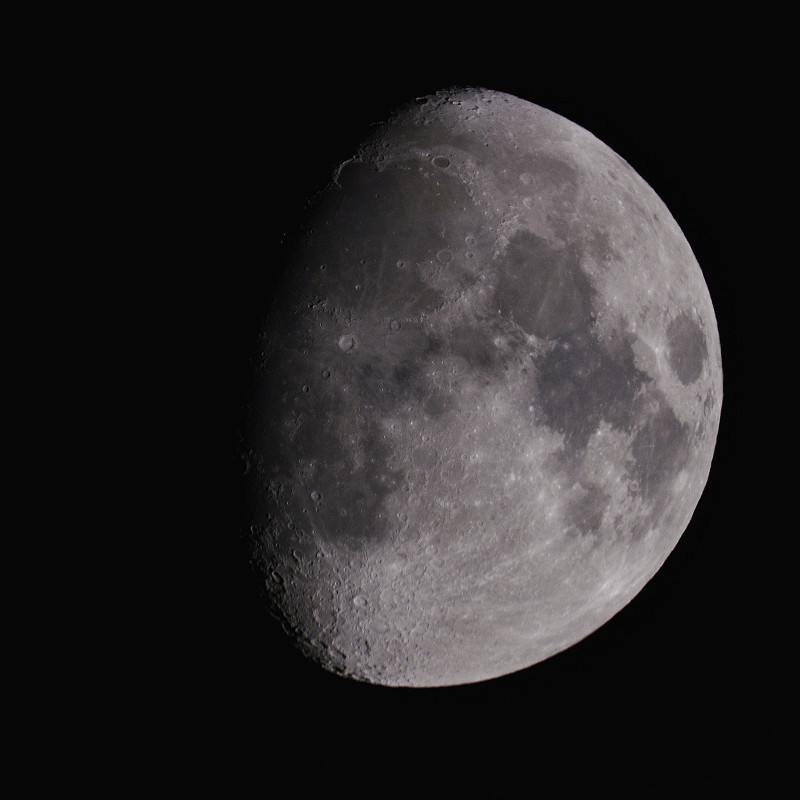
Nikon D800, ISO 800, 1/800s + Orion StarSeeker III 127mm GoTo Mak-Cass Telescope
